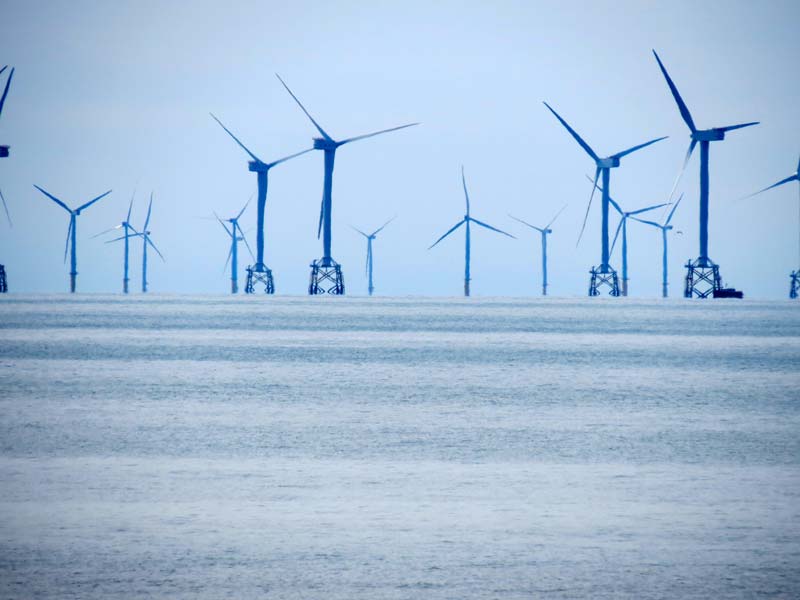The global offshore wind market was valued at $22.63 Billion just two years ago, and its CAGR is expected to grow 15.32% between now and 2022.
Europe today has a total installed offshore wind capacity of more than 12,600 megawatts (12.6 gigawatts), generated by 3,589 grid-connected wind turbines in 10 countries. The rapid expansion of the offshore wind industry can be contributed to growing energy demand and the need for reliable, faster wind speeds that produce more electricity using fewer wind turbines.
Capital costs of offshore wind generation in Europe have fallen sharply, from $3.8 million per megawatt to $2.2 million per megawatt by the end of 2017, according to an article published in Yale360. The primary driver for these reductions is the increase in turbine capacity and ongoing advancements in turbine and platform technology.
In the United States, several key factors are driving the long-awaited takeoff of the offshore wind industry, including economies of scale for sophisticated turbine technologies which are driving down costs; in addition to, advancements in construction that allows wind farms to be built in deeper water, farther offshore.
Operational expenses consist of both fixed and variable costs and can represent up to 20%-25% of LCOE, according to IRENA. Turbines located offshore tend to represent higher operational expenditures because of the challenging logistics, including transportation to and from offshore locations and the massive size of the major systems and components.
Monitoring the health of offshore turbines remotely is a must, because onsite, routine maintenance checks cannot be done a regular basis. However, digitalization, as we’ve seen in other industries, can significantly optimize offshore maintenance schedules, supply chain and logistics planning and enable life extension actions that reduce the number of repeat failures in the field. Understanding failure risks help operators move away from reactive maintenance in favor of predictive and prescriptive maintenance for wind turbines.
Trends of data are growing exponentially with the integration of smart technologies as part of the turbine package. According to the International Energy Agency (IEA), internet traffic has tripled over the past five years, with approximately 90% of the global data collection occurring over the past two years.
Sentient Science’s DigitalClone uses a combination of materials science and data science to predict short-and long-term failure risk so that life extension actions can be taken that prevent secondary and catastrophic damage.
Our models make use of the data trends to continually update the materials science life models, for up-to-date failure risk and a turbine by turbine watchlist that drives down costs through data-driven business decisions.
The name of our game is the keep turbines healthy through life predictions and life extension. Our results show reduction in the cost of revenue across six key areas – Operations & Maintenance, Asset Management, Supply Chain, Risk Management and New Business Development.
